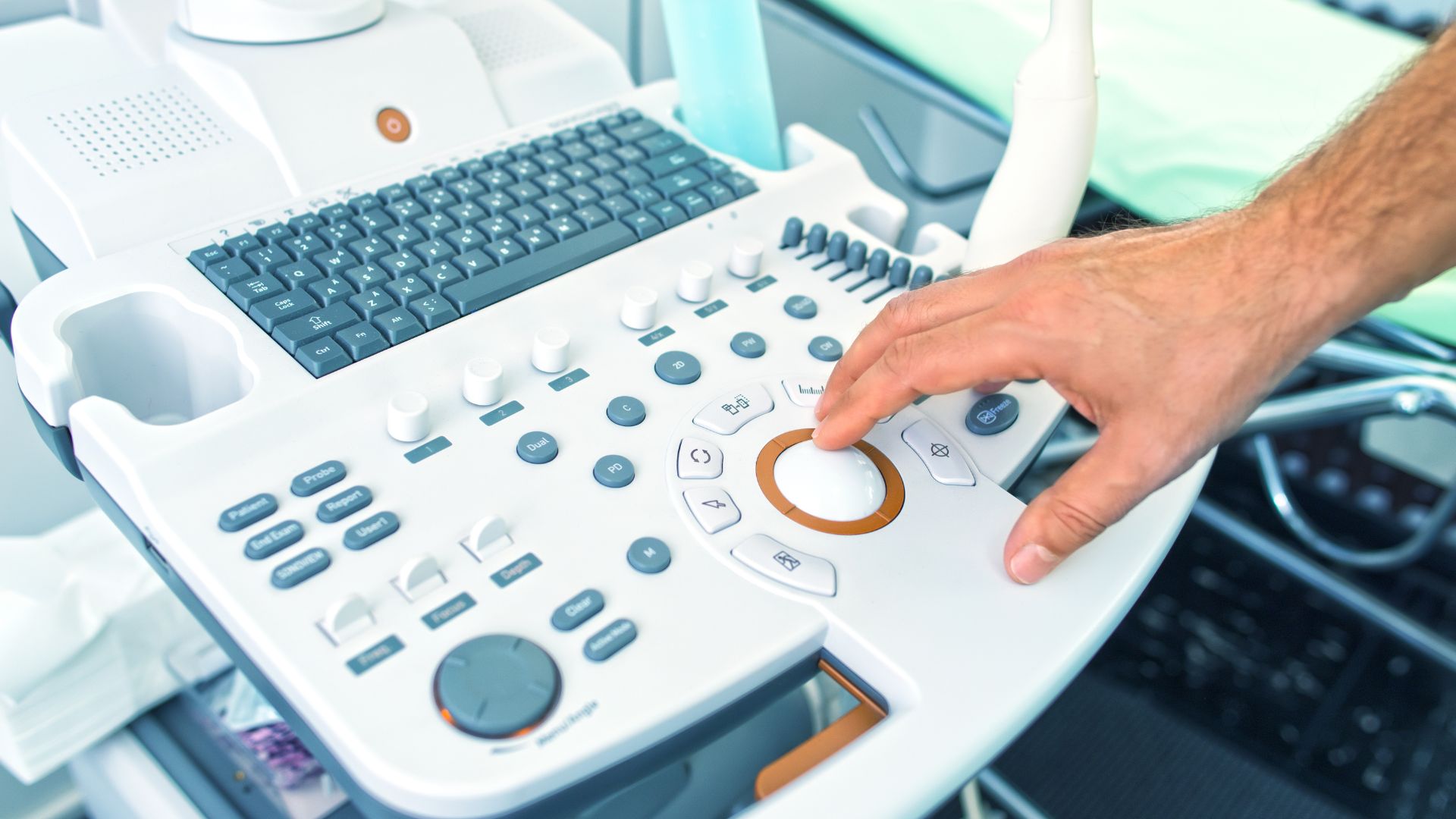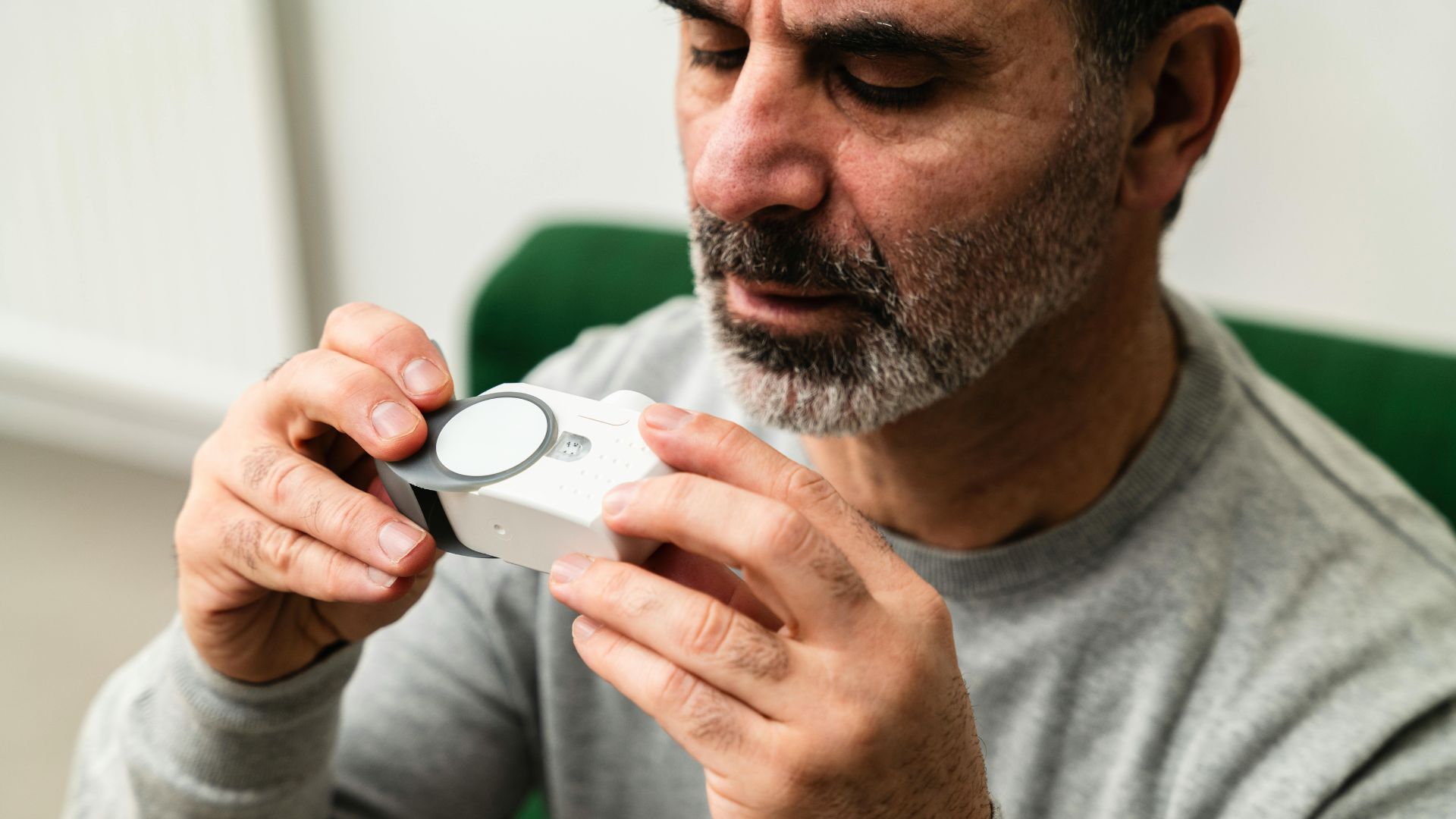Registering your medical device with the U.S. Food and Drug Administration (FDA) is not just a box to check—it’s a critical compliance step that ensures your devices are authorized for commercial distribution in the U.S. market. One of the most misunderstood elements of this process is FDA product listing. While often conflated with “approval,” listing is a distinct, legally required action that plays a vital role in public health oversight and emergency preparedness.
In this guide, we’ll walk you through what FDA device listing really means, who is responsible, how to complete the process, and how it fits into the broader regulatory landscape for medical devices.
What Is an FDA Medical Device Product Listing?
When a company lists a medical device with the FDA, it is not receiving approval, clearance, or authorization for that device. Instead, it is formally notifying the FDA of the specific devices it manufactures, repackages, relabels, imports, or distributes.
This notification, known as device listing, is part of the broader FDA Establishment Registration and Listing framework governed by 21 CFR Part 807.
Device listing provides the FDA with critical information about:
- The identity of the device
- The activities performed on it (manufacturing, sterilizing, distributing, etc.)
- The location of the establishment(s) involved
- Any associated premarket submission numbers (510k, PMA, De Novo, etc.)
In essence, product listing enables the FDA to monitor devices on the market, trace them quickly during recalls or emergencies, and maintain accountability across the supply chain.
Who Is Required to List Medical Devices?
Listing requirements apply broadly. If your business is involved in any part of a medical device’s life cycle—from manufacture to final distribution in the U.S.—you may be required to list.
Entities required to list include:
- Domestic and foreign manufacturers
- Specification developers
- Contract manufacturers and sterilizers
- Repackagers and relabelers
- Initial importers and foreign exporters
- U.S. distributors, when responsible for labeling or other regulated activities
For foreign manufacturers, it is also mandatory to appoint a U.S. Agent to handle FDA communications. This agent’s contact details must be submitted during registration and listing.
Private label agreements and OEM relationships should be reviewed carefully to determine which party is responsible for listing under FDA rules.
What Information Must Be Included in a Device Listing?
Device listings are not generic placeholders; they require detailed, accurate information.
Each listed device must include:
- Proprietary (brand) name(s)
- Common or usual device name
- FDA product code
- Intended use and indications
- Device classification (Class I, II, or III)
- Any applicable premarket submission number:
- 510(k) Clearance
- Premarket Approval (PMA)
- De Novo Classification
- Humanitarian Device Exemption (HDE)
- Prescription (Rx) or over-the-counter (OTC) status
- Activities performed (e.g., manufacturing, packaging, sterilization)
- FEI (Facility Establishment Identifier) of each establishment
This data is uploaded via the FDA’s Device Registration and Listing Module (DRLM) in the FURLS system.
Registration vs. Listing: Know the Difference
Many first-time submitters confuse Establishment Registration with Device Listing, but they serve different purposes.
- Establishment Registration refers to the facility itself. It identifies who and where regulated device operations are occurring.
- Device Listing identifies the what: the specific products being manufactured, processed, or distributed.
Both are required under FDA rules and must be updated annually between October 1 and December 31.
Also note: listing a device is not an indication of FDA approval or clearance. Companies may not promote a device as “FDA approved” simply because it has been listed.
When Is FDA Device Listing Required?
Listing is time-sensitive and tied directly to when regulated device activity begins.
Key milestones:
- Must be completed within 5 days of initiating device operations (manufacturing, importing, etc.)
- Must be renewed annually during the October-December renewal window
- Must be updated immediately for changes in product details, ownership, or regulatory status
Newly cleared or approved devices must be added to the listing before commercial distribution begins.
Listing Is Not the Same as Approval or Clearance
A frequent misunderstanding is that a listed product has been vetted or endorsed by the FDA. In reality, listing does not imply FDA evaluation of the device’s safety or effectiveness.
Let’s clarify some common terms:
- Listed: Device is recorded in FDA’s database; no review or authorization is implied.
- Cleared: Device has received a 510(k) clearance, finding it substantially equivalent to a legally marketed device.
- Approved: Device has undergone Premarket Approval (PMA) with extensive data and review.
- Granted: Device has gone through the De Novo classification process and been authorized for marketing.
It is illegal to market a product as “FDA Approved” if only listed.
How to Complete an FDA Device Listing
The FDA’s registration and listing process is conducted via its Unified Registration and Listing System (FURLS). Here’s how to navigate it:
Step 1: Pay the User Fee
- Use the Device Facility User Fee portal
- Pay the annual fee ($9,280 for FY2025)
- Obtain the Payment Identification Number (PIN) and Payment Confirmation Number (PCN)
Step 2: Register the Facility
- Access the Device Registration and Listing Module (DRLM)
- Choose “Register a New Medical Device Facility”
- Enter establishment type, activities, and associated device information
Step 3: List the Devices
- Add proprietary names and product codes
- Include premarket submission numbers if applicable
- Verify classification and device activities
Step 4: Submit and Receive Confirmation
- Review entries for accuracy
- Submit registration and listing
- Receive confirmation and FEI number (Establishment Identifier)
Your listed devices will now appear in the FDA Establishment Registration & Device Listing database, publicly searchable for transparency.
Common Mistakes in FDA Device Listing & How to Avoid Them
Even seasoned manufacturers stumble during the listing process. Avoid these common pitfalls:
- Failing to list all proprietary names or product variants
- Listing before completing 510(k), PMA, or De Novo submissions
- Using the wrong product code or classification
- Forgetting to update listings when device use or labeling changes
- Failing to complete annual renewal, risking deregistration
Accurate listing is not only a regulatory requirement but a strategic safeguard for product integrity.
Strategic Benefits of Accurate and Timely Listing
Beyond compliance, maintaining an up-to-date product listing supports:
- Supply chain transparency for buyers and partners
- Faster customs clearance and import/export operations
- FDA response coordination during recalls or adverse events
- Audit readiness for inspections or ISO certifications
- Brand credibility with healthcare providers and consumers
In other words, accurate device listing isn’t just a mandate—it’s a smart business practice.
Registrar Corp’s Device Registration and Listing Services
Registrar Corp offers full-service support to help medical device manufacturers navigate FDA listing requirements with confidence and precision. Our services include:
- Device establishment registration
- Product code selection and classification guidance
- Premarket submission reference assistance (510(k), PMA, De Novo)
- Device listing entry and confirmation
- Annual renewals and listing updates
- U.S. Agent services for foreign firms
Whether you’re launching a new device or expanding your U.S. operations, we handle the compliance so you can focus on innovation and delivery.
Treat FDA Device Listing as a Strategic Pillar
FDA medical device listing isn’t just a clerical task—it’s a cornerstone of your regulatory and market strategy. By maintaining accurate listings and understanding their regulatory implications, you position your products for long-term success in the U.S. market.
Need help with your listing? Contact Registrar Corp to ensure your devices are registered, listed, and fully compliant—from day one and throughout the product lifecycle.








